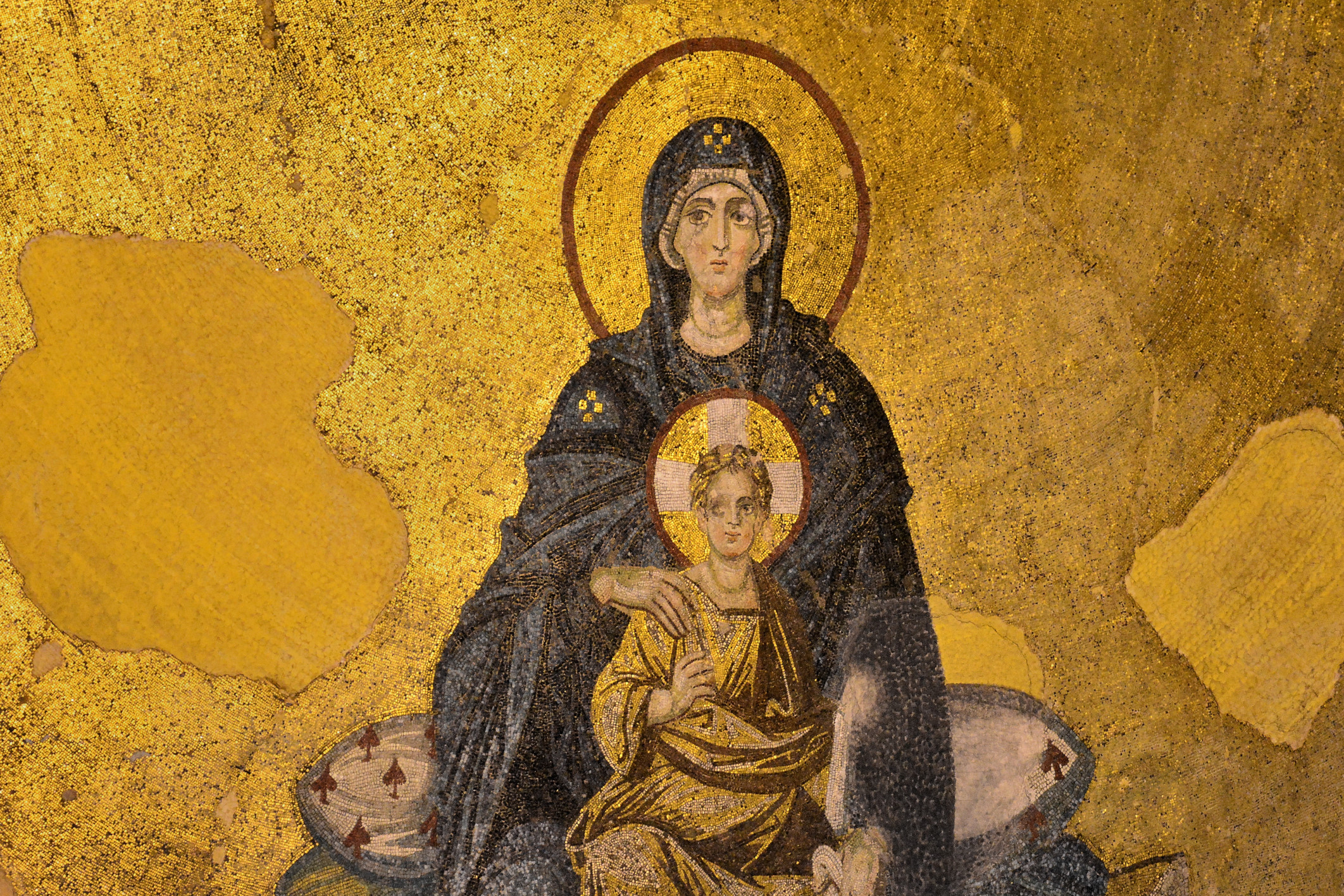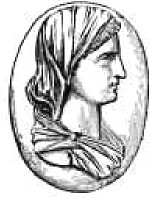The doctrine of the virgin birth of Jesus is so well accepted and cherished by most Christians that it has become a criterion for membership in many Christian organizations. Those who dare to question it are often held in contempt. Devout Christians diligently carry their Bibles to church, and some even participate in Bible study classes. Yet, many have little understanding of what their Bibles actually teach. Few know where their Bibles originated or how they were assembled and edited. It is commonly assumed that their Bibles somehow descended from heaven. However, this subject is rarely addressed in sermons or Bible studies, leaving many Christians effectively biblically illiterate. The crucial questions—where did the Bible come from, how was it edited, and when was it canonized—are seldom asked. Nevertheless, we will examine what the Bible itself says by comparing the birth narratives of Jesus as presented in the mainline gospels.
Most Bible scholars agree that the Gospel of Mark is the earliest of the four canonical gospels. However, it contains nothing about the birth of Jesus. Mark begins with the statement, “The beginning of the gospel of Jesus Christ, the Son of God,” followed by Jesus’ baptism and ministry in Galilee. Similarly, the Gospel of John, the most recent of the four, provides no account of Jesus’ birth or childhood. The authors or editors of these gospels either did not know of the virgin birth tradition or did not consider it significant enough to mention. Mark’s opening statement closely resembles that of the earliest known gospel, the Evangelicon, or the Gospel of the Lord Jesus Christ, which was transcribed, compiled, and canonized by the evangelist Marcion of Sinope in 128 C.E. Like Mark, the Evangelicon also begins with Jesus preaching in Galilee.
In contrast, the Gospels of Matthew and Luke include accounts of Jesus’ birth and contain the traditional nativity narratives.
Both of these gospels agree on the following key details:
- Joseph and Mary were the parents of Jesus. They were betrothed but not yet married when Mary became pregnant (Matt. 1:20; Luke 1:27, 2:4).
- Although the specifics differ, both gospels include an angelic announcement about Jesus’ birth (Matt. 1:20-23; Luke 1:30-35).
- Both indicate that Jesus was not conceived in the usual human manner but rather through divine intervention (Matt. 1:20; Luke 1:34).
- Both state that Jesus’ name was divinely chosen and that He was destined to be a Savior (Matt. 1:21; Luke 2:11).
- Both place His birth during the reign of Herod the Great (Matt. 2:1; Luke 1:5).
- Both assert that He spent His childhood in Nazareth (Matt. 2:33; Luke 2:51).
Beyond these similarities, the nativity stories diverge significantly and even contradict each other. Matthew’s genealogy of Jesus begins with Abraham (Matt. 1:1) and traces His lineage through the royal line of David. In contrast, Luke’s genealogy extends back to Adam (Luke 3:38) and follows a different lineage from David, omitting Solomon and going through Nathan instead. Additionally, Matthew includes several women in his genealogy, some of whom were non-Hebrew or had controversial backgrounds, such as Rahab, the prostitute. Moreover, while both gospels trace Jesus’ ancestry through Joseph, they differ on Joseph’s father—Matthew states it was Jacob, while Luke names Heli. Some have argued that Matthew traces Joseph’s lineage and Luke traces Mary’s, but since Luke explicitly states that Joseph was the son of Heli, this would imply Joseph and Mary were siblings, creating a greater problem than it solves. Furthermore, if Jesus was conceived by the Holy Spirit rather than Joseph, providing a physical genealogy through Joseph is inherently contradictory. The Christian community generally ignores these discrepancies.
Luke uses a Roman census—one for which no historical record exists—to explain how Mary and Joseph traveled to Bethlehem (Luke 2:1-2). In contrast, Matthew assumes they already lived there in a known house over which a star appeared (Matt. 2:11). Matthew contains no mention of a stable, a manger, an angelic chorus, or shepherds, while Luke makes no reference to a guiding star, wise men, their gifts, or Herod’s massacre of infants. The two accounts also differ regarding what happened immediately after Jesus’ birth. In Matthew, Joseph is warned in a dream to flee to Egypt. After Herod’s death, Joseph is instructed to return to Israel but avoids Judea due to Herod’s son ruling there and instead settles in Galilee (Matt. 2:21-23).
Luke’s account is entirely different. When Jesus was eight days old, Joseph and Mary took Him to the temple in Jerusalem to be circumcised. Afterward, they returned directly to their home in Nazareth. These conflicting narratives cannot both be accurate—Jesus could not have simultaneously traveled south to Egypt and north to Nazareth. This contradiction is too significant to ignore.
The editor of Matthew’s gospel attempted to support his narrative by citing Hebrew scriptures out of context. For instance, he connects Jesus’ journey to Egypt with Hosea 11:1: “…and called my son out of Egypt” (Matt. 2:14). However, the full verse reads: “When Israel was a child, then I loved him, and called my son out of Egypt.” This passage clearly refers to Israel and the Exodus, not to Jesus.
Similarly, Matthew 1:23 relies on Isaiah 7:14: “Behold, a virgin shall conceive…” However, the original Hebrew text uses the word “young woman” rather than “virgin.” Within its proper context, this prophecy referred to the imminent downfall of Israel’s enemies and was fulfilled in Isaiah 8:4. It had no connection to Jesus’ birth. The editor of Matthew’s gospel misapplied scripture to fabricate support for the virgin birth narrative.
The idea of a virgin birth was not unique to Christianity. Similar myths existed in earlier religions. The Hindu god Krishna, for example, was believed to be born of a virgin around 1156 B.C.E. His birth was said to have been marked by a celestial star, visits from shepherds, and a jealous king who ordered the slaughter of infants. Other deities with virgin birth myths include the Buddha, the Egyptian god Horus, the Greek god Adonis, and the Persian god Mithra.
The concept of Jesus’ virgin birth seems to have emerged after Christian missionaries returned from India in the early second century. Inspired by the Krishna story, Christian leaders adopted a similar narrative to elevate Jesus’ divine status.
No first-century evidence exists for the virgin birth doctrine. The Apostle Paul, whose writings predate the gospels, never mentioned it. His earliest epistles, as preserved in the Marcionite Apostolicon, contain no reference to Jesus’ virgin birth or divine lineage. If such a belief had existed in Paul’s time, he and his contemporaries either knew nothing about it or deemed it unimportant.
Even Jesus Himself appears to refute the idea. In His conversation with Nicodemus, He states, “That which is born of the flesh is flesh, and that which is born of the Spirit is spirit” (Evangelicon 2:49). He clearly distinguishes between the physical and the spiritual, emphasizing that the Spirit does not generate material offspring.
In conclusion, the doctrine of Jesus’ virgin birth is an unfounded myth, borrowed from pagan traditions and later incorporated into Christian theology to align Jesus with Jewish Messianic prophecies. What truly matters in Christianity is not Jesus’ birth, but His death and resurrection. As Paul wrote, Christians are to know Christ not according to the flesh, but as “Christ in you, the hope of glory” (Col. 1:27). The Christian faith is founded on the resurrection, not on an invented birth narrative. Belief in a virgin birth should not be a requirement for faith, nor should accepting historical inaccuracies be equated with devotion to Christ.



